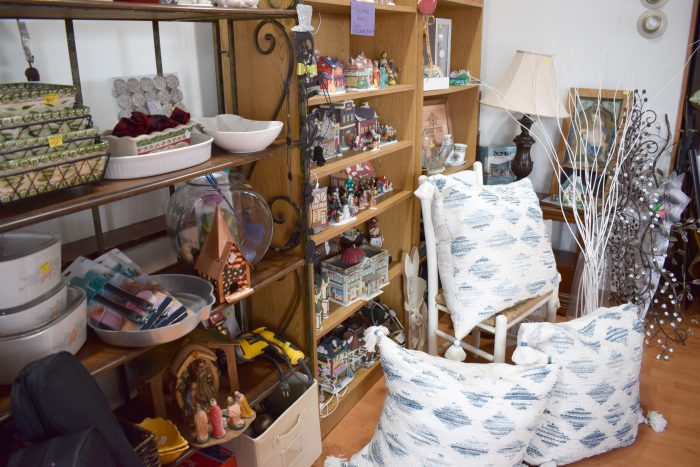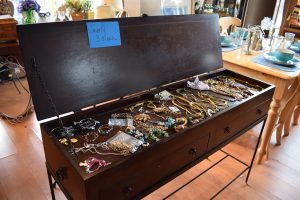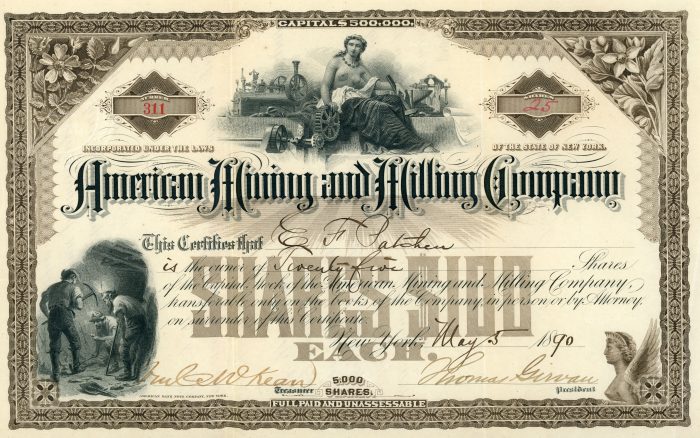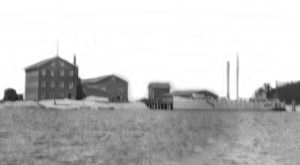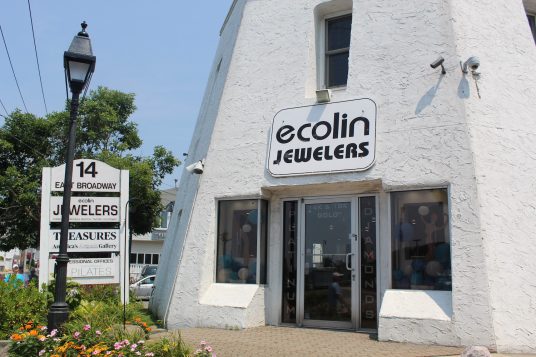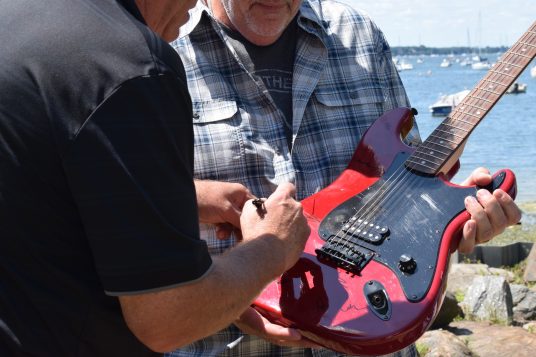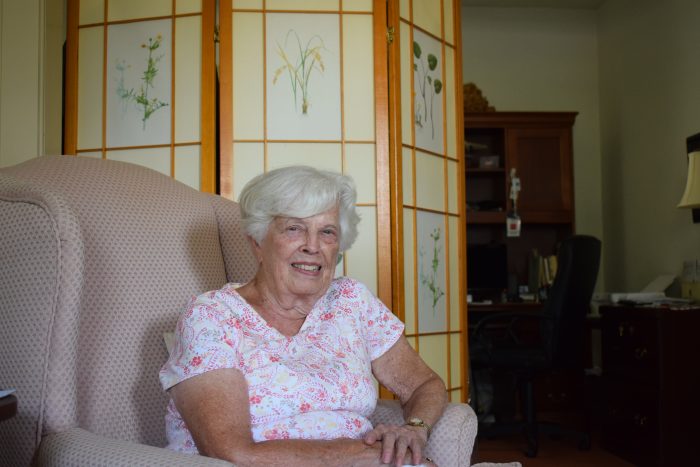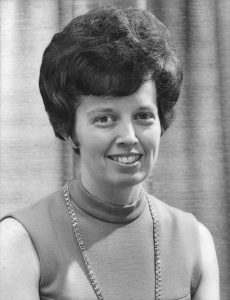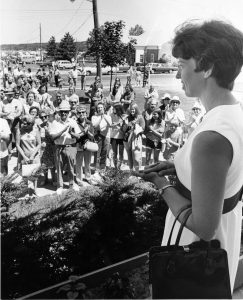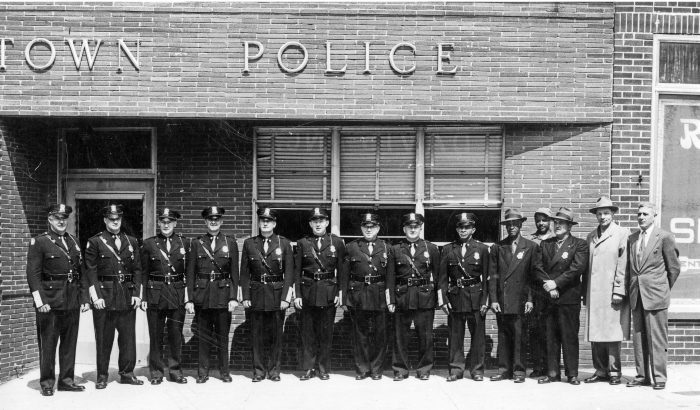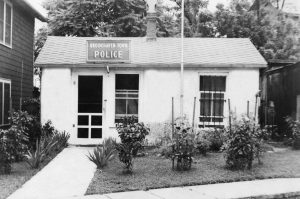The Sikaflex “Quick and Dirty” Boat Building Competition and Race finally came back to Port Jefferson after a long-awaited year.
Hosted by the Long Island Seaport and Eco Center, the 10th annual competition took off this past weekend on Aug. 28 and 29. Originally scheduled for the previous weekend, it was postponed due to rain and winds caused by Tropical Storm Henri. The 2020 event was canceled due to the COVID-19 pandemic.
Sponsored by the Sika Corporation, a supplier of marine adhesives and sealants, the event provides would-be boat designers and builders a chance to showcase their creative skills and talents.
Throughout the weekend, visitors could watch two-member teams, working under a time limit of five hours, build their boats in the parking lot of Harborfront Park next to Bayles Boat Shop.
Not only did the contestants have to finish constructing their makeshift boat within a few hours, but they were also expected to assemble it using a meager supply of plywood, plastic cable ties and Sikaflex sealant — no nails or screws allowed — and make sure the boat wouldn’t sink in Port Jefferson Harbor.
Len Carolan, the event’s coordinator, said during the boat race at 2 p.m. that it had been “a wonderful weekend.”
“Everybody seems to be enjoying themselves,” he said. “The weather’s been great for us, and we’ve had a lot of newcomers. Everyone’s having fun.”
Two of those newcomers were Allyson and Richard Nuss, who just moved to Port Jefferson village from Setauket this summer. The duo decorated their blue cardboard boat with paw prints to give a shout-out to their small business, The Social Hound Dog Park and Hotel located on Belle Mead Road.
Richard said that while walking past the Bayles Boat Shop every other night over the last few weeks, they have gotten to know the workers there. The shop encouraged the couple to build their own boat for the race and they immediately said ‘yes.’
“We’re trying to be part of everything,” Allyson said. “We thought it would be like a cool thing to do.”
Not the competitive types, they had just two goals.
“All we wanted was 1, not to sink; and 2, not to come in last,” Allyson said.
And while seven boats raced around the pier, dozens upon dozens of spectators cheered the teams on from the beach.
“It’s getting bigger every year,” Carolan said. “And having it around the dock, it’s a perfect spot.”
Originally, he added, three more teams were set to build, but could not make the new date after the storm last weekend.
“Seven teams are usually the average,” he said. “And I think we’ll have at least a dozen next year.”
The event ended with an awards ceremony, where guest judge Mayor Margot Garant helped announce first, second and third place winners, as well as best design.
“The Sikaflex boat build and race is a great day to raise awareness about the LISEC organization, which is one of our founding partners down here at the maritime campus at Jeanne Garant Harborfront Park,” the mayor said. “They do wondrous things in that boat shed building, and it’s a great way to see the community connect with them, and the contributions they make.”
Garant said the turnout of viewers was “phenomenal.”
“I think this was the biggest turnout I’ve seen,” she said.
Following the award ceremony, LISEC raffled off a special item made at the Bayles Boat Shop — a 14-foot stand-up paddle board.












